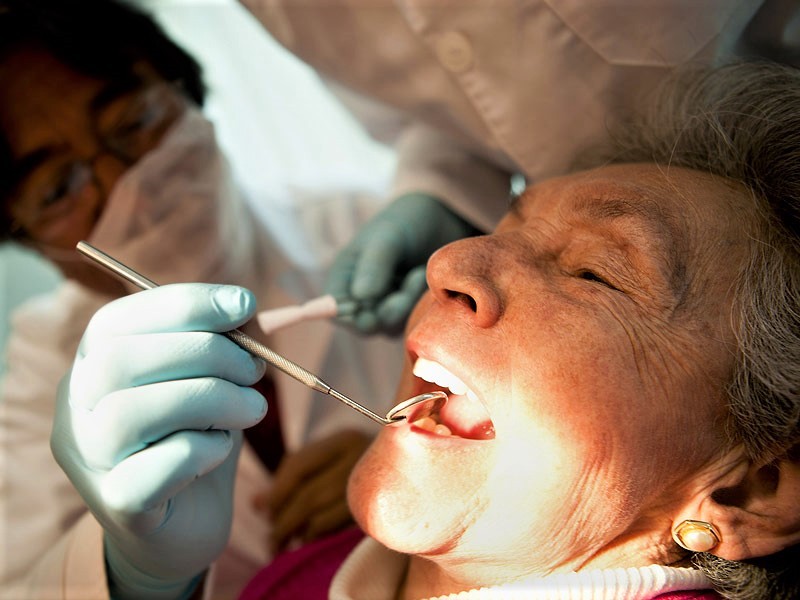
Ford government drastically under-funding new dental program in Peel, could put burden on local taxpayers
The Ontario government is launching a new dental care program for low income seniors this fall, and in Peel Region thousands of eligible residents are set to take advantage of the new services.
However, as is typical when it comes to determining Peel’s public health needs – the region has been chronically underfunded in public health for the last decade – the province has drastically under-estimated the number of seniors who might rely on this program when it launches, and Peel is now looking for $5.7 million in capital grants to expand their offerings to support this looming influx.
According to estimates from the province, 6,938 seniors will be eligible for ongoing dental treatment through the new program. However, this is less than half the actual number, according to data from the Region of Peel.
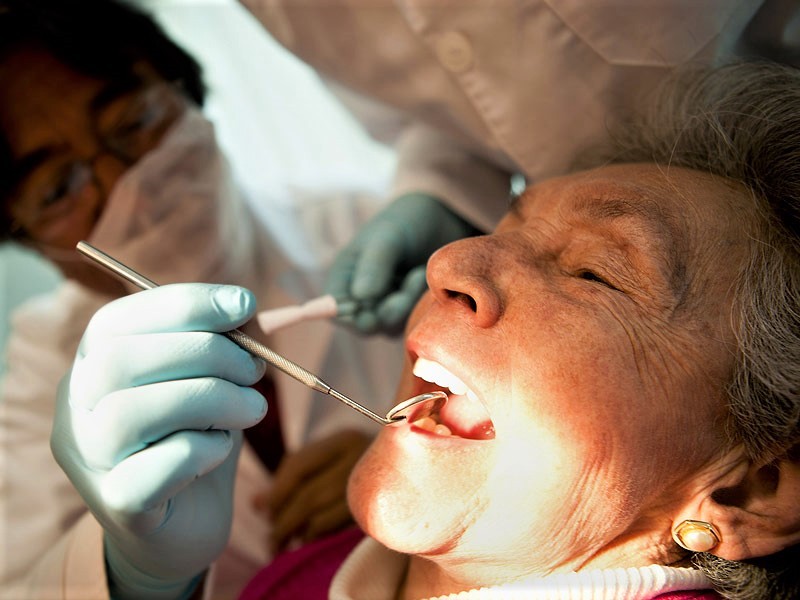
To be eligible for the new program, a senior must meet the Ontario Drug Benefit (ODB) annual income threshold ($19,300 for singles, $32,300 for couples) and have no other form of dental insurance.
Using data from the Canada Revenue Agency, Peel Public Health estimates that if only 40 percent of those eligible use the program, approximately 16,391 seniors could receive assistance through this program annually. If a considerably larger percentage seek the assistance, the region will be overwhelmed.
When The Pointer sought clarification on the discrepancy between the regional and provincial numbers, Dr. Jessica Hopkins, the region’s medical officer of health, provided the following data.
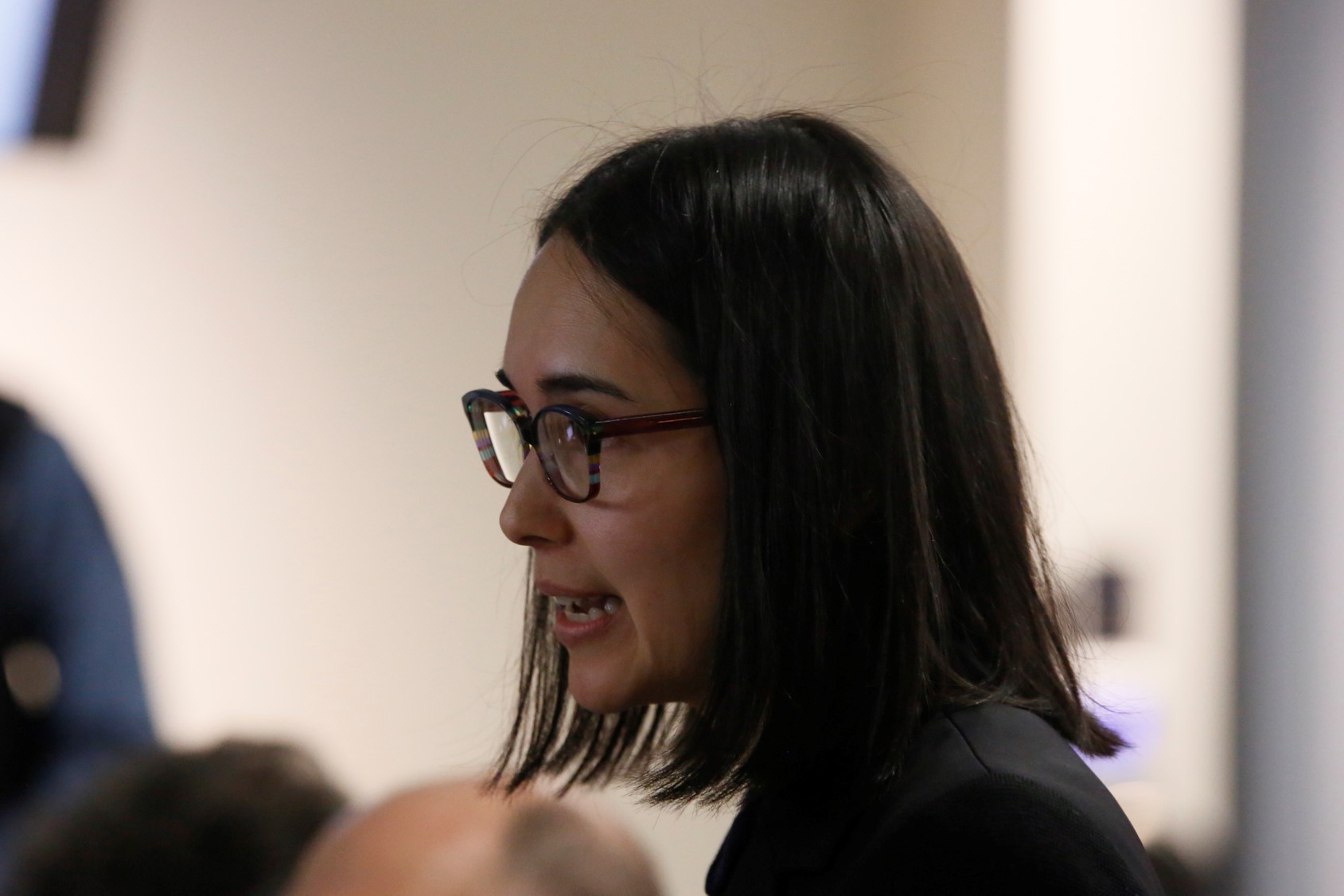
Dr. Jessica Hopkins, Peel Region’s medical officer of health
According to CRA, there are 61,160 seniors in Peel under the ODB threshold, and 67 percent of that cohort do not have existing dental insurance. This means that in total, approximately 40,977 seniors are eligible for the new provincial program. If only 40 percent of these individuals take advantage of the program, you end up at the 16,931 figure.
Peel could provide no further information on the drastically different totals reached by them and the province.
“Peel Public Health did not have access to the detailed provincial calculations,” Hopkins states in an emailed response.
“We look forward to continuing to work with those seniors in need with this program as well as the province of Ontario.”
A report that appeared before regional council last month painted a less than rosy picture of Peel’s situation moving forward, stating that the region’s existing infrastructure for such dental programs is already at capacity, and any more pressure will put service delivery at risk.
“Therefore, additional publicly-funded community infrastructure is required for implementing the new provincial program,” the report reads.
This lack of capacity has also put pressure on the surrounding healthcare sector in Peel.
In 2016, some 2,853 emergency department visits in Peel were due to oral disease, a rate of 193.9 per 100,000 visits to the ER. Not surprisingly, the most common age groups requiring emergency care are those least likely to have dental insurance through employers: people 20 to 39 years old, and seniors 70 to 89. Those over 90 years old were also highly represented in emergency room visits due to poor oral care.
Additionally, the number of seniors in Peel is only expected to rise in the coming years, increasing to 213,500 by 2021, up from 78,800 in 2001. Thirteen percent of all seniors in Peel between 65 and 74 are considered low-income, and 19 percent of those 75 and older fall into that category. That suggests, if proportions remain the same, that by 2021, 40,565 people age 75 and older will need free dental care, and 27,755 people between 65 and 74 will need it.
The region is looking for $5.7 million to fund seven capital projects in Peel including three new fixed dental clinics, a clinic to be placed with Peel Manor and one mobile dental clinic. The funds would also go toward expanding the Health n’ Smiles Dental Clinic in Brampton and the East Mississauga Community Health Centre.
A total of $25 million is available across the province for this new program, with a second wave of available funding expected to be made available in winter 2020.
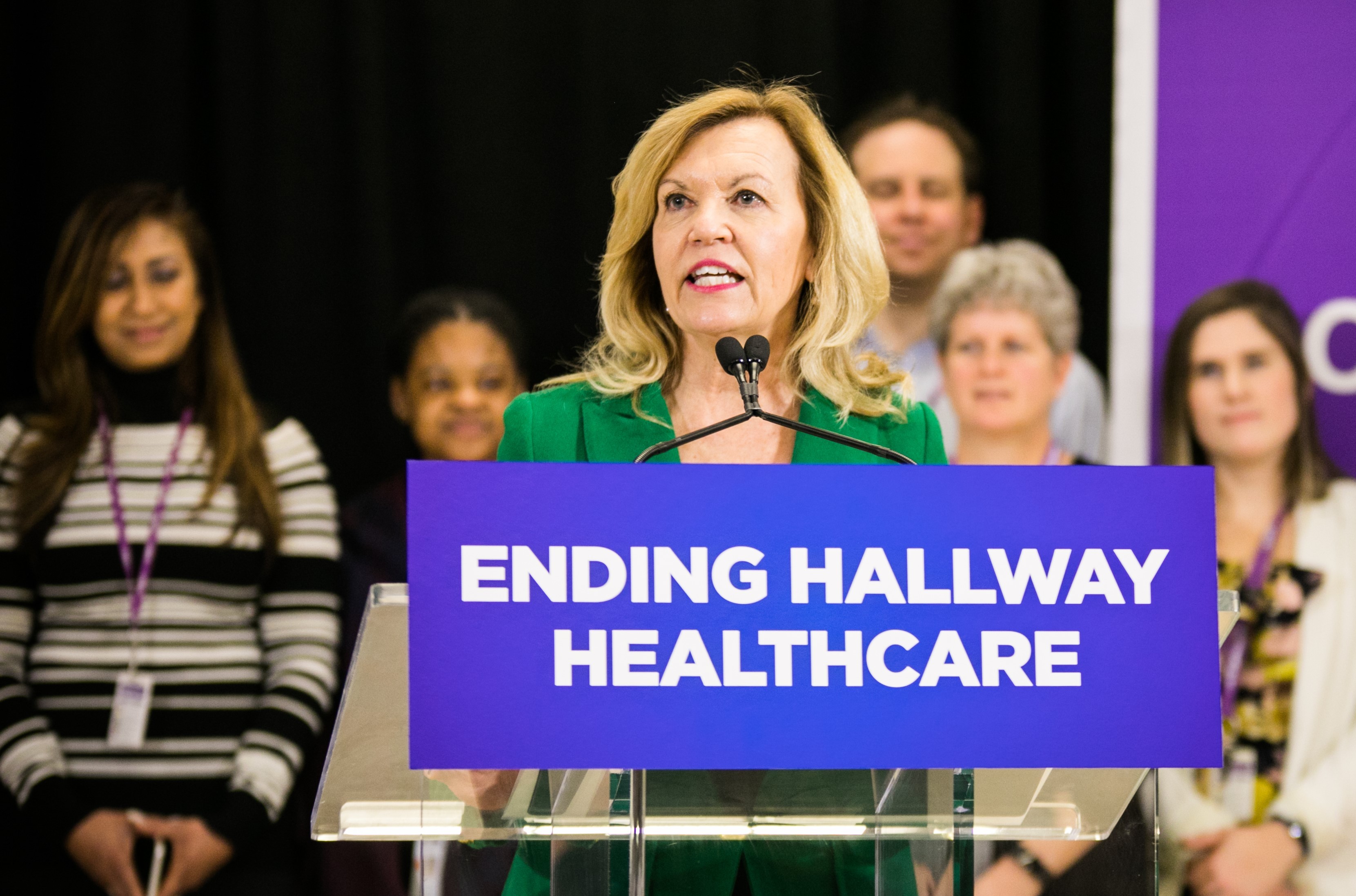
Christine Elliott, Ontario's health minister
A potential aggravating factor for the region is the fact that seniors are able to access the provincial program from any clinic offering the services, not just those in their home city.
“There is a high likelihood that seniors from neighbouring municipalities could access services available in Peel,” the regional report reads. “The surge in demand for oral health services in Peel will require increased capacity and enhanced infrastructure. Furthermore, there is no provision for private dental offices to provide services, as seniors will only be able to access services through publicly-funded dental clinics.”
The public health department has so far received $2.9 million towards putting the new program in place and expects a $1 million increase to that amount next year. At this time, the region has yet to hear back on the status of their capital grant applications.
“Peel Public Health is awaiting a response from the Ministry of Health, so we have no further information at this time,” Hopkins said.
Previously, there was hope around the regional offices that the new provincial program would be a much needed upgrade to the region’s own efforts launched in 2008.
That program was spearheaded by Mississauga Councillor Carolyn Parrish. Seniors 65 and older with income of less than $21,481 per year and who lack dental insurance qualify. Uninsured couples with a combined income of $26,143 or less are also eligible.
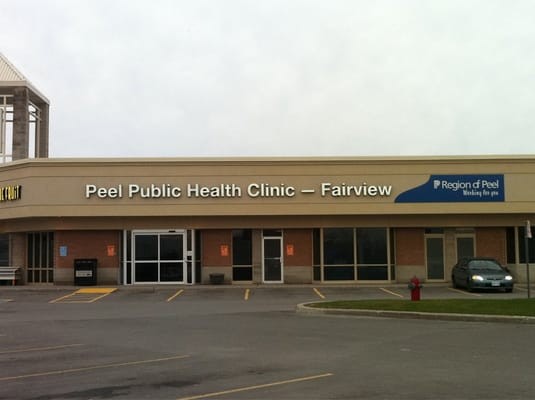
One of the region's public health clinics
“The 2008 plan came about because, as I was canvassing door-to-door for the 2006 election, many more senior residents complained that their relatives in Toronto could go to free dental clinics,” Parrish previously told The Pointer in an email.
She welcomed the new plan but said she was concerned about Peel being “inundated by rural seniors who don’t have dental clinics as mandated in the provincial plan. But in the end, all seniors need quality care. I truly believe dental care should be covered under OHIP.”
The new provincial plan being gradually phased in by the Doug Ford government was announced in April. However, the income limits are different. Under Ford’s plan, Ontarians with income of $19,300 or less, as well as couples with combined income of $32,300 or less, will be eligible. People who qualify will also be expected to cover 10 percent of the cost of prosthodontics, such as dentures.
The dilemma for Peel is that, while the program will likely be a huge benefit for thousands of seniors, the province will not properly fund its own plan, leaving taxpayers here on the hook.
Email: [email protected]
Twitter: @JoeljWittnebel
Submit a correction about this story


